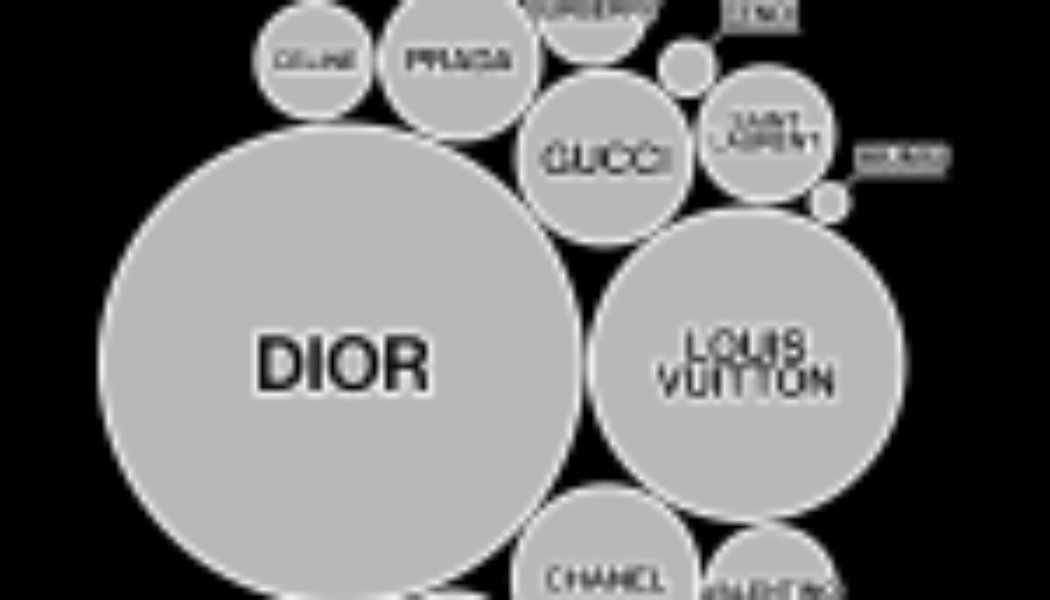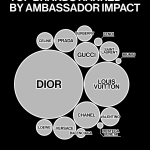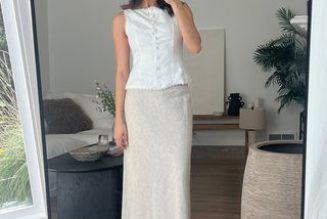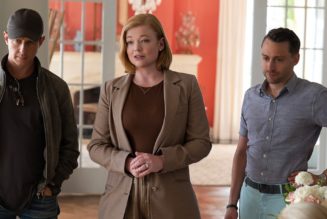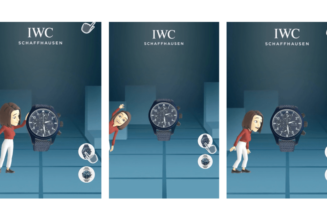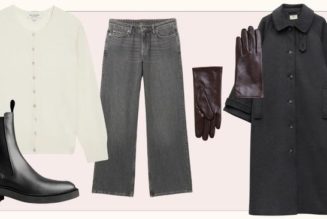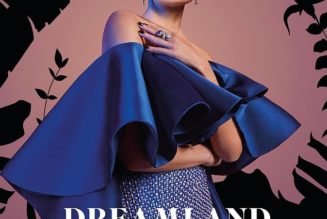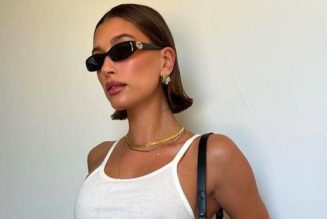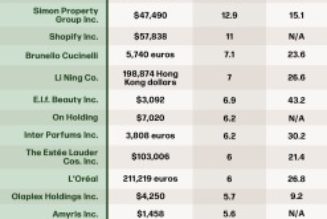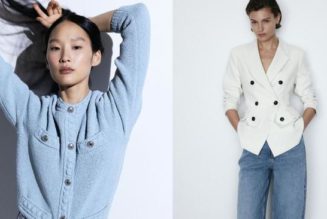Before muses became it-girls and it-girls became ambassadors, money, marketing experts, and social media had to come into play. The ambassador industry today exists in a universe far removed from the one where Lou Lou de la Falaise made Yves Saint Laurent’s fortune, even more so from the one where Audrey Hepburn wore Hubert de Givenchy’s couture in Sabrina and Funny Face. Up until this Century, stars’ popularity couldn’t yet be quantified with followers, and the fashion system could still rely on a single face thanks to the slow pace of trends. Today, fashion houses must recruit ambassadors at an incessant pace if they want to keep up with the times. They build teams of dozens of rising stars within a season, who often don’t have time to appear on the red carpet before being overshadowed by the new arrival: pop culture and fashion have become more fragmented, faster, and more quantifiable. Therefore, choosing an ambassador is no longer just a matter of artistic inspiration but of market positioning. The success of K-pop stars at Fashion Week proves the power that celebrity marketing wields in the luxury Monopoly, but ambassadors’ social engagement does not always reflect the success of the company they represent. The key to sales success, as we shall see, lies elsewhere.
Even the least interested in the Met Gala would know that when a brand invites an artist to the red carpet, it’s because they are either acollaborator or about to become one, as in the case of Rosalía: on May 6th she was in a full Dior Couture look on the museum’s red carpet, and a week later she was officially announced as the new global ambassador of the maison. Commenting on the choice, creative director Maria Grazia Chiuri said she was «particularly fascinated by how this young artist managed to reinterpret and reactivate the sounds and clothes associated with flamenco, transposing them into a more modern and contemporary framework». From an artistic point of view, Dior and Rosalía have a couple of things in common, including the brand’s passion for the Iberian Peninsula (for the Cruise 2023, Dior chose Seville as the backdrop and El Mal Querer as the soundtrack) and the singer’s actual Andalusian roots. However, it’s almost certain that it wasn’t just the Spanish, refreshing sounds of Motomami that motivated the fashion house to embrace Rosalía’s image, who currently has 27.7 million followers on Instagram and almost 25 million monthly listeners on Spotify. The beauty of partnerships between brands and endorsers is their interdependence: both parties support each other in the grand scheme of show business. Rosalía lends her fans, Dior offers platforms like the Met Gala. In an episode of the podcast The Cutting Room Floor, celebrity stylist Karla Welch details the relationship that has now been established between stars and fashion. When working with an emerging actress who has just worked on a successful show or film, Welch says, and observing the rising popularity around her public figure, you must capitalise on the momentum to further integrate her into the industry with an endorsement contract. «This is a money making machine, you want your clients to get deals», says the stylist.
To better understand if the social interactions generated by ambassadors on fashion house social pages really impact company sales, we analysed their results, starting with Dior. With an average of 90 million interactions from January 2023 to today, the fashion house ranks first for the highest level of online engagement thanks to a team of forty-seven ambassadors. Rosalía has so far gathered “only” 593k clicks, but her image alongside the Dior monogram could reach records previously achieved only by K-Pop artists like TXT (18.3 million), Haerin of NewJeans (32 million), Jisoo (45 million), or Jimin of BTS (50 million). Surprisingly, the seemingly astounding results of Rosalía’s colleagues haven’t brought much traffic to the fashion house’s site over the past year: out of 90 million interactions, the digital boutique registered only a +0.7% increase in visits.
Confirming the theory that the true purpose of endorsers is not economic positioning but cultural positioning, Burberry offers the perfect example of how an ambassador, no matter how famous, attractive, or followed, does not have a say in the tangible results of the brand they represent. With annual engagement nearing 5 million interactions, the English fashion house brought on board the rising star after the release of Saltburn, Barry Keoghan, Danielle of NewJeans, Emma Mackey from Sex Education and Barbie, Chinese actor Chen Kun, and South Korean footballer Son Heung-Min, but at the end of the fiscal year (on March 30), it recorded a 40% drop in profits. The disappointing results of Burberry’s ambassadors from January 2023 to today become even more evident when compared to those of Miu Miu – only 664 thousand interactions on content from endorsers Minnie of (G)I-DLE, Zhao Jinmai, and Emma Corrin, but revenues growing by +58% – or Diesel – only 226 thousand interactions in the past year, but sales up by +13%. Both brands have cultivated communities rich in artists on the rise, from Sydney Sweeney as the face of the latest Miu Miu campaigns to Dove Cameron in full Diesel look at the Met, but evidently, their marketing strategy does not focus on ambassadors. What seems to have had the most impact on their sales is the product: despite their names not appearing in the Top 10 brands with the most interactions from endorsers, every three months they manage to make an appearance among the top positions in those of Lyst for hottest items of the moment.
The strategies adopted by luxury fashion houses towards their ambassadors prove that even if they manage to achieve impressive numbers on social media, in the end, collaborations with celebrities do not directly translate into increased sales. While Dior, with its forty-seven ambassadors and the newly appointed Rosalía, continues to garner good responses from customers with an annual sales growth of +13%, at Burberry, the celebrity-based marketing approach does not produce the same results. As taught by Miu Miu, Diesel, and others like Loewe, JW Anderson, Moncler, and Jacquemus, the real secret lies in what is being sold, not in the pair of hands presenting it. Moreover, overloading a brand with too many fresh faces risks collapsing a myth, causing what is called according to Business of Fashion reports the “Brand Magic“, calculated on the relationship between social engagement and customers, and shattering the iconicity of the ambassadors themselves: if a maison needs dozens of ambassadors, are they really icons?
